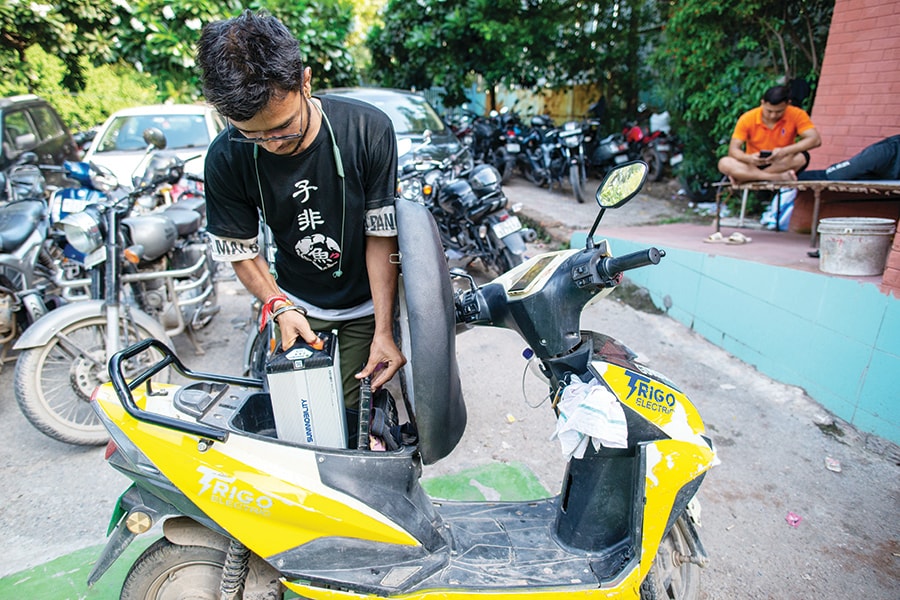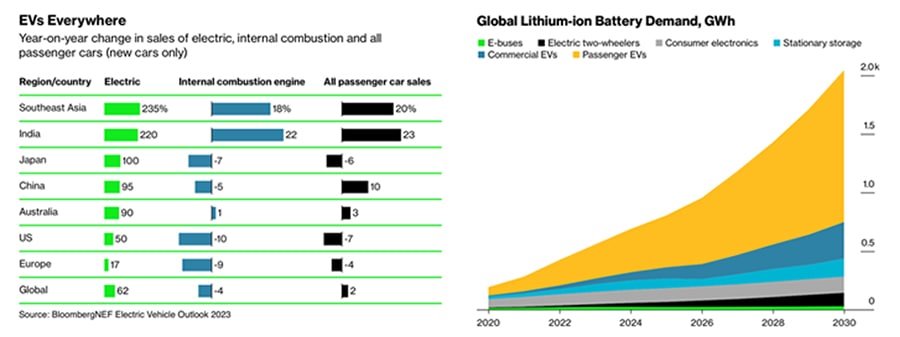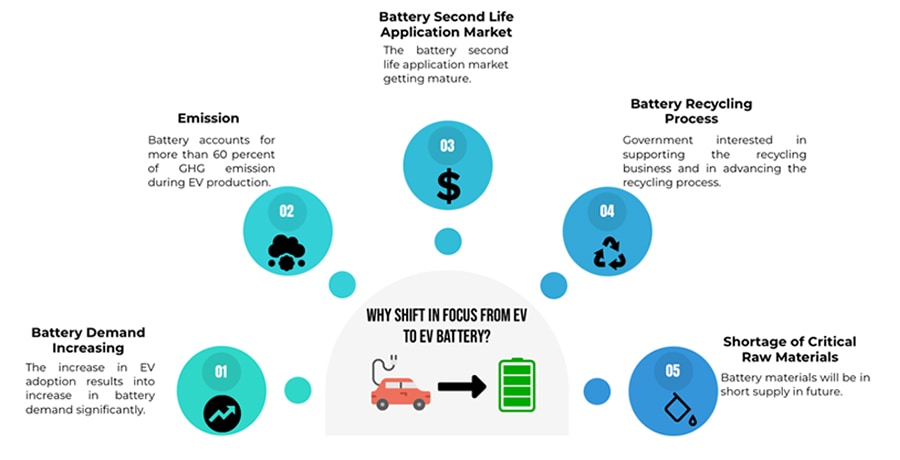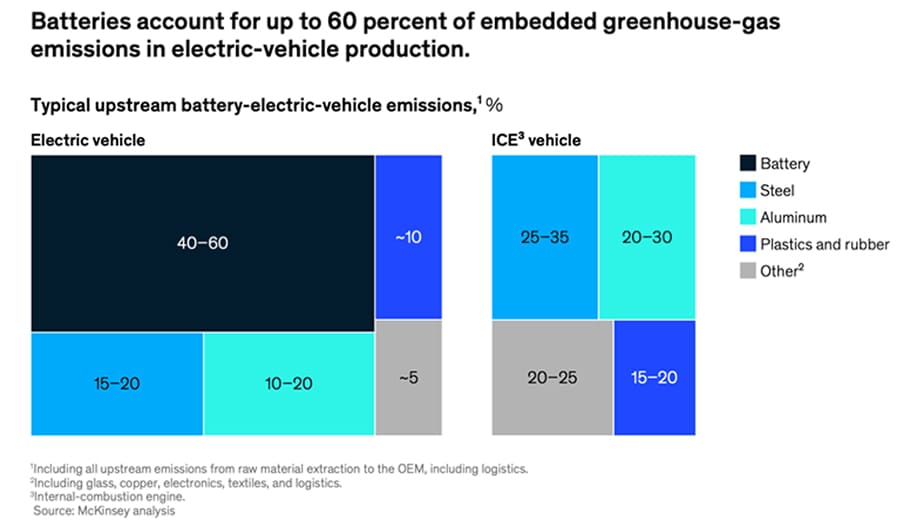
From electric vehicles to electric vehicle batteries: A pivotal shift in focus of policymakers
Why India must take proactive measures to implement a robust battery policy focused on second-life applications to fully realise the potential of Battery Energy Storage System (BESS) products
 Although EVs are superior in lifecycle emissions, their material and manufacturing emissions per vehicle are double those of IC engines.
Image: Shutterstock
Although EVs are superior in lifecycle emissions, their material and manufacturing emissions per vehicle are double those of IC engines.
Image: Shutterstock
As the second-largest source of greenhouse gas emissions, the transportation sector accounts for 20 percent of global CO2 emissions, emitting billions of tons of GHGs annually. This impact directly challenges the goals set forth in the Paris Agreement, which targets a global temperature rise well below 2 degrees Celsius this century and aims for an even more ambitious 1.5-degree Celsius limit. In this context, electric vehicles (EVs) are emerging as a vital solution to help mitigate the sector's carbon footprint and contribute to global climate goals.
The Role of Electric Vehicles
Governments worldwide offer subsidies for EVs under three main categories. First is consumer subsidy, aimed at reducing the cost of ownership and facilitating adoption. Second is a subsidy to promote capital expenditure in the sector, which includes two major avenues:- Infrastructure subsidy for building charging stations to alleviate range anxiety; these subsidies are crucial for expanding route coverage through a network of charging stations and
- Tax exemptions/incentives to encourage scaling up the production of EVs.
Lastly, R&D subsidies target improvements in technology and production efficiency. A multi-faceted approach is essential for governments to address the value chain comprehensively.
The initial emphasis on consumer and infrastructure subsidies has significantly spurred EV demand. This has consequently led to a rapid surge in battery demand (See Figures 1 and 2). As a result, challenges and opportunities related to electric vehicle batteries have moved to the forefront, necessitating focused government intervention and becoming the primary catalyst for shifts in EV policy.
[This article has been published with permission from IIM Bangalore. www.iimb.ac.in Views expressed are personal.]










